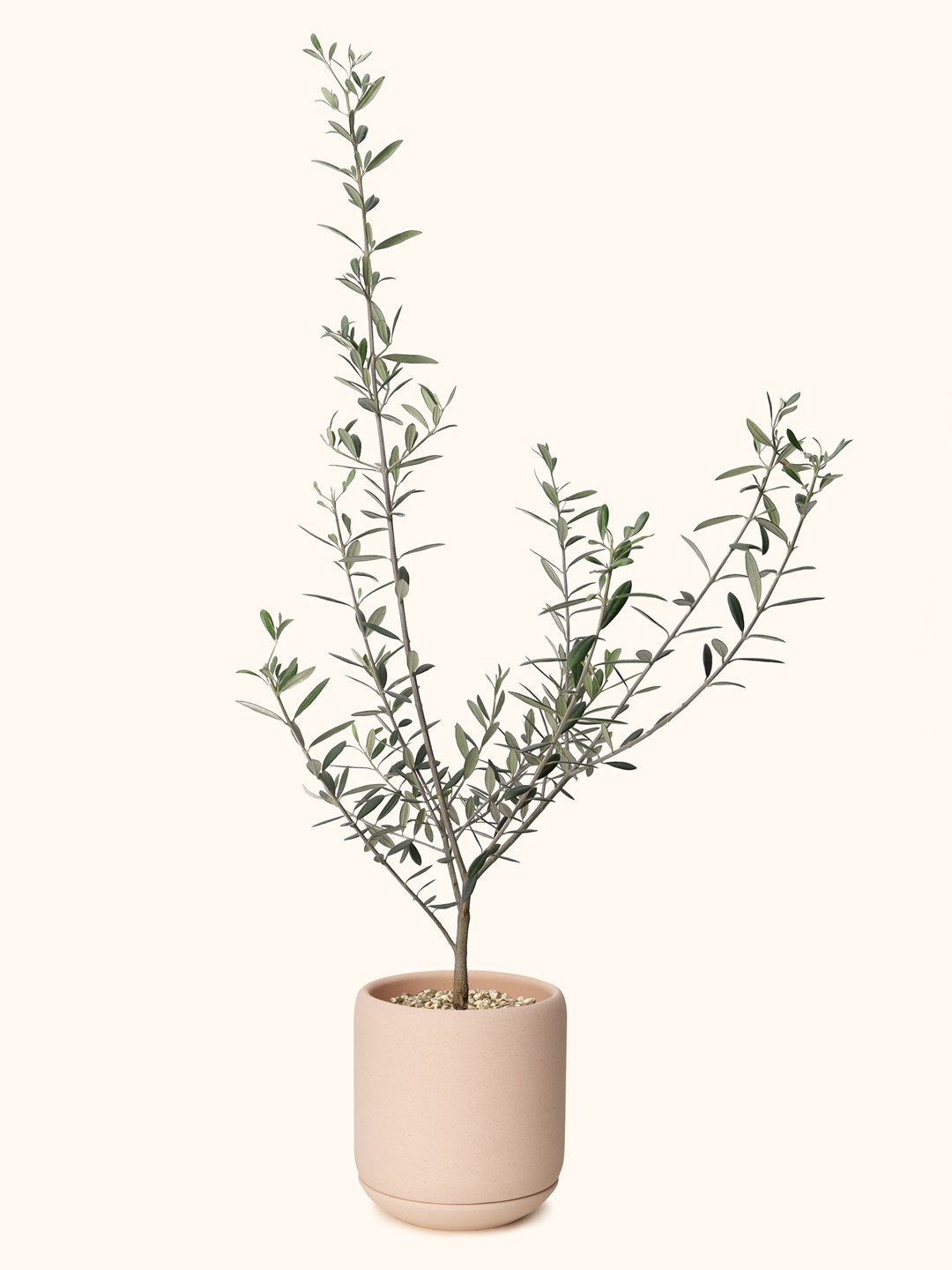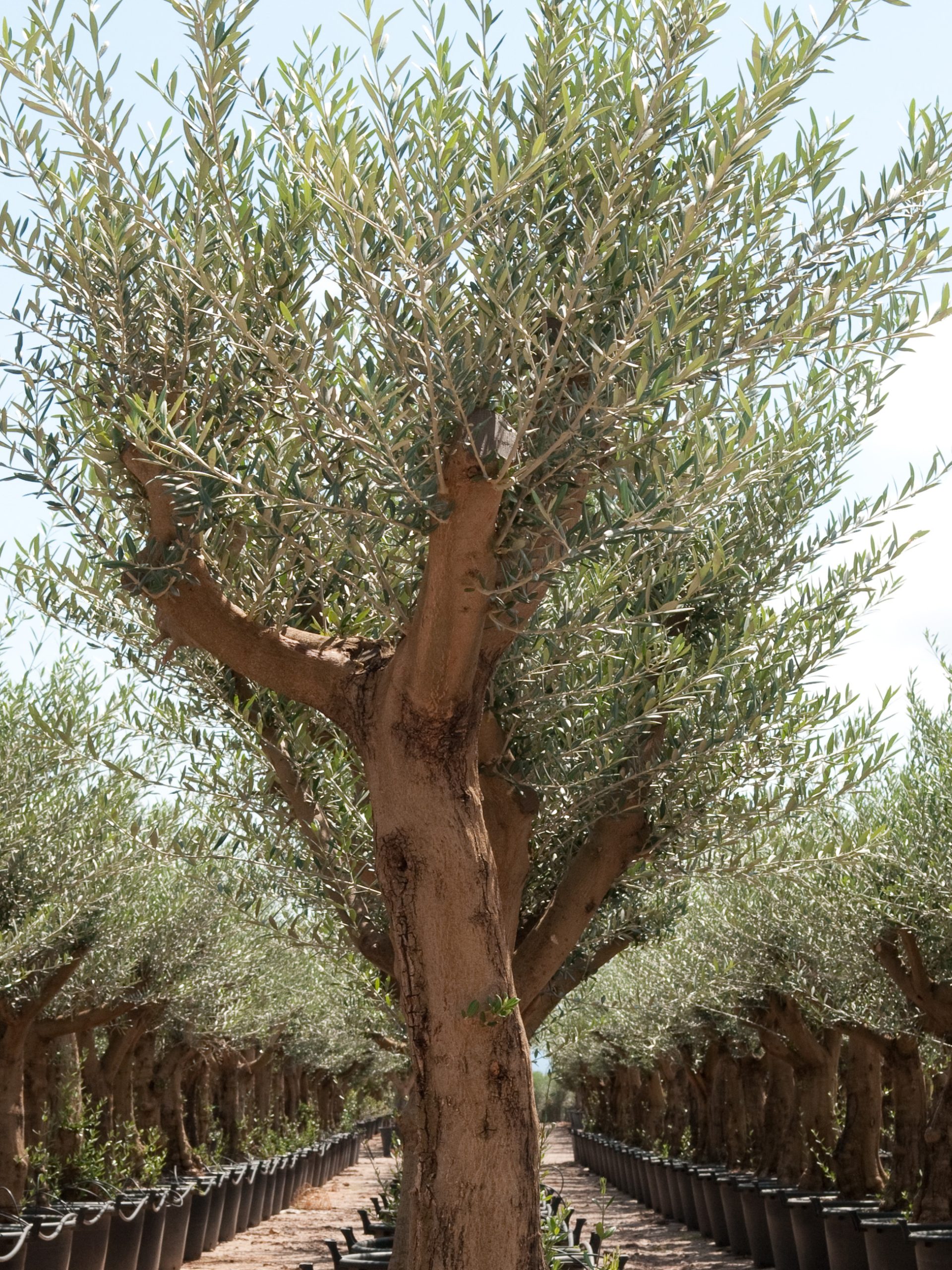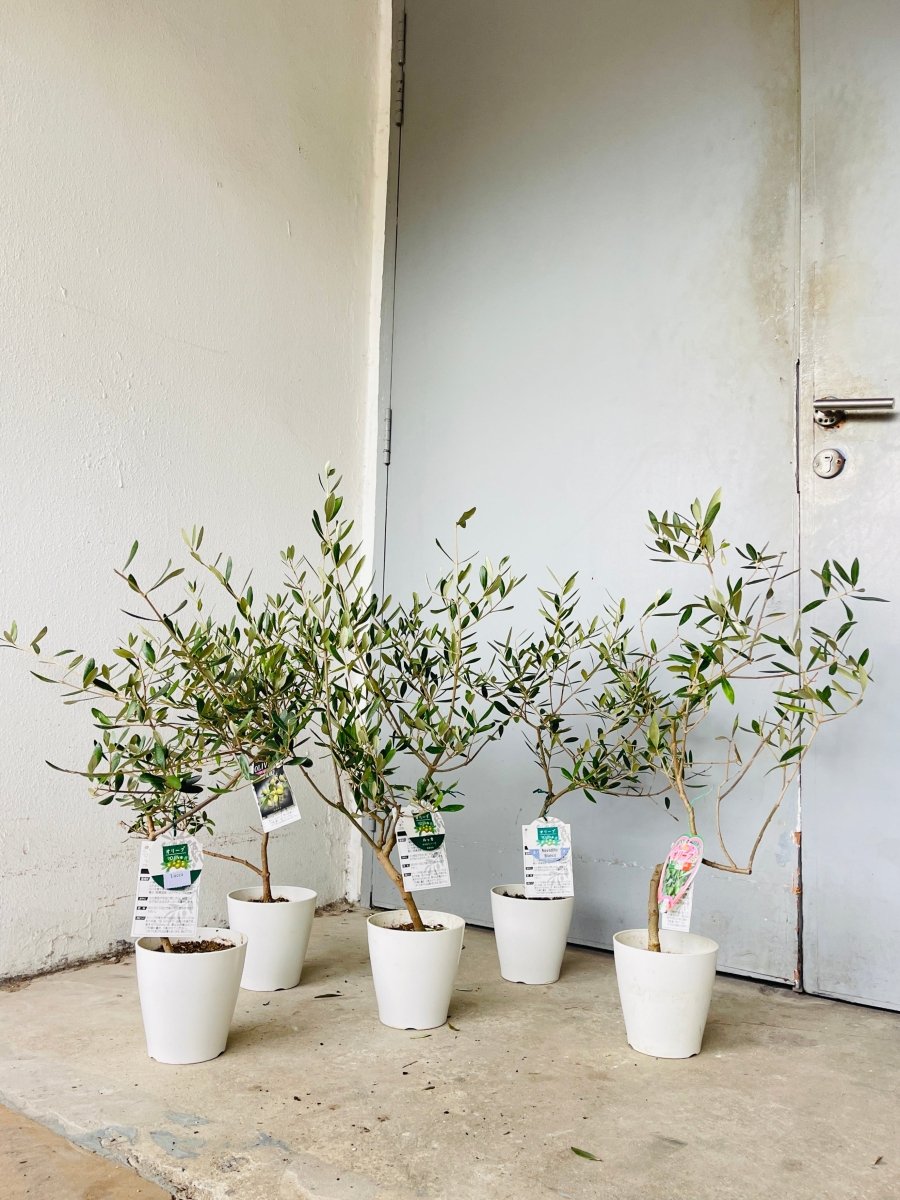The Olive Tree: A Symbol of Peace, Longevity, and Abundance
The olive tree, a timeless symbol of peace, longevity, and abundance, has captivated humanity for millennia. Its gnarled trunk, silvery-green leaves, and bitter-sweet fruit have adorned landscapes, inspired cultures, and nourished civilizations across the globe. From ancient Greece to modern-day Italy, the olive tree has played a pivotal role in shaping human history and culture.

The olive tree’s origins can be traced back to the Mediterranean region, where it has been cultivated for thousands of years. Ancient civilizations, such as the Greeks, Romans, and Egyptians, revered the olive tree as a sacred symbol and a source of sustenance. In Greek mythology, Athena, the goddess of wisdom and warfare, is often associated with the olive tree, which she bestowed upon the city of Athens as a gift.
The olive tree’s significance extended beyond its cultural and religious symbolism. It provided a valuable source of food, oil, and timber. Olive oil, in particular, was a prized commodity, used for cooking, lighting, and medicinal purposes. The ancient Romans believed that olive oil promoted health and longevity.
The olive tree is a hardy and adaptable plant, capable of thriving in various climates. It is characterized by its gnarled, twisted trunk and silvery-green, evergreen leaves. The leaves are oblong-shaped and have a leathery texture, which helps to conserve moisture.

Olive trees are slow-growing and can live for centuries. Some olive trees are believed to be over 2,000 years old. The trees typically begin to bear fruit after five to seven years, and they continue to produce olives for many decades.
Olive trees are typically propagated from cuttings or grafts. They prefer well-draining soil and plenty of sunlight. While they can tolerate drought, regular watering is necessary for optimal growth and fruit production.
Olive trees are often pruned to maintain their shape and size, as well as to improve fruit production. Pruning also helps to prevent the spread of diseases and pests.

The olive fruit is a drupe, similar to a plum or cherry. It has a fleshy outer layer, a hard pit, and a single seed. Olives are typically harvested by hand, and they can be eaten fresh or processed into olive oil.
Fresh olives are often pickled or cured to remove their bitterness. Pickling involves soaking the olives in a brine solution, while curing involves soaking them in a lye solution. Both processes help to neutralize the olives’ natural bitterness and give them a distinctive flavor.
Olive oil is extracted from the fleshy part of the olive fruit. The olives are crushed and pressed to release the oil, which is then separated from the solid matter. The quality of olive oil depends on several factors, including the variety of olives used, the harvesting and processing methods, and the storage conditions.
Olive oil is a rich source of monounsaturated fats, which have been linked to various health benefits. It is also a good source of antioxidants and other nutrients. Olive oil is commonly used in cooking, as a salad dressing, and for topical applications.
The olive tree has been a popular subject in art and literature throughout history. It has been depicted in paintings, sculptures, and poetry as a symbol of peace, wisdom, and abundance.
In the Bible, the olive branch is used as a symbol of peace and reconciliation. In the story of Noah’s Ark, a dove returns with an olive branch, signaling the end of the flood.
Today, the olive tree continues to play a significant role in the economies of many countries, particularly in the Mediterranean region. Olive oil is a major export commodity, and olive tree cultivation provides jobs for millions of people.
In addition to its economic importance, the olive tree remains a cherished symbol of peace, longevity, and abundance. Its timeless beauty and cultural significance continue to inspire and captivate people around the world.
The olive tree is more than just a plant; it is a cultural icon, a symbol of hope, and a source of sustenance. From ancient Greece to modern-day Italy, the olive tree has played a vital role in shaping human history and culture. Its gnarled trunk, silvery-green leaves, and bitter-sweet fruit continue to inspire and delight us, reminding us of the enduring power of nature and the beauty of tradition.
[Olive Tree Institute](https://www.olive-tree.org/ministries)

:max_bytes(150000):strip_icc()/how-to-grow-coleus-1402921-02-6ca494adf94f4a5887c94256a24ebf33.jpg?w=200&resize=200,112&ssl=1)



:max_bytes(150000):strip_icc()/hoya-plants-1315763-hero-fe8b10a522eb4d7e9ada8abbc303fbc5.jpg?w=200&resize=200,112&ssl=1)